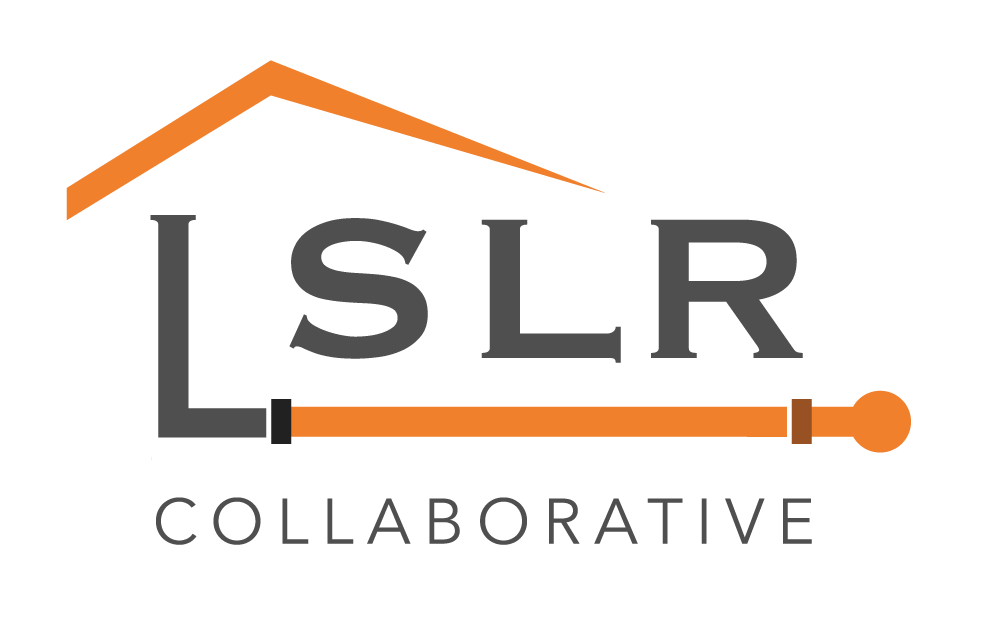|
Open Channel David LaFrance, Chief Executive Officer, American Water Works Read the original article. AWWA knew that good things would happen when 24 organizations collaborated to accelerate, on a voluntary basis, the removal of lead service lines. That is why we were pleased to become part of the steering committee for the Lead Service Line Replacement (LSLR) Collaborative. The reasons for each group to join the LSLR Collaborative are the same and yet slightly different. Georges Benjamin is the executive director of the American Public Health Association. The association is an LSLR Collaborative member because, as Georges says, “The nation's aging water infrastructure is a public health problem. The replacement of lead service lines is at the heart of addressing this problem to reduce the risk of lead toxicity.” The LSLR Collaborative has created a set of tools available for your local solutions. This is a prime reason that Lynn Thorp and her organization, Clean Water Action, are LSLR Collaborative leaders. Lynn says that “fully replacing lead service lines is a logical next step in getting lead out of drinking water and helping local communities fully replace lead service lines sooner.” Tom Neltner, chemicals policy director of the Environmental Defense Fund (EDF), was one of the original organizers of the LSLR Collaborative. Tom is an expert on the risks of lead. He recognizes that “while it won't be fast or easy, eliminating lead service lines is essential to achieving EDF's goal to reduce children's exposure to lead. The Collaborative is an important step toward reaching this goal because it provides community leaders with the tools they need to make and sustain progress with confidence.”
My hope is that you will use the LSLR Collaborative's tools and guidance to shape solutions for your community. Information on how you can start is contained in the advertisement below. Every step helps protect our communities today while we work toward a lead‐free future. Comments are closed.
|
Have a suggestion for an article or blog to add?
Let us know! Type
All
Date
April 2023
|


 RSS Feed
RSS Feed